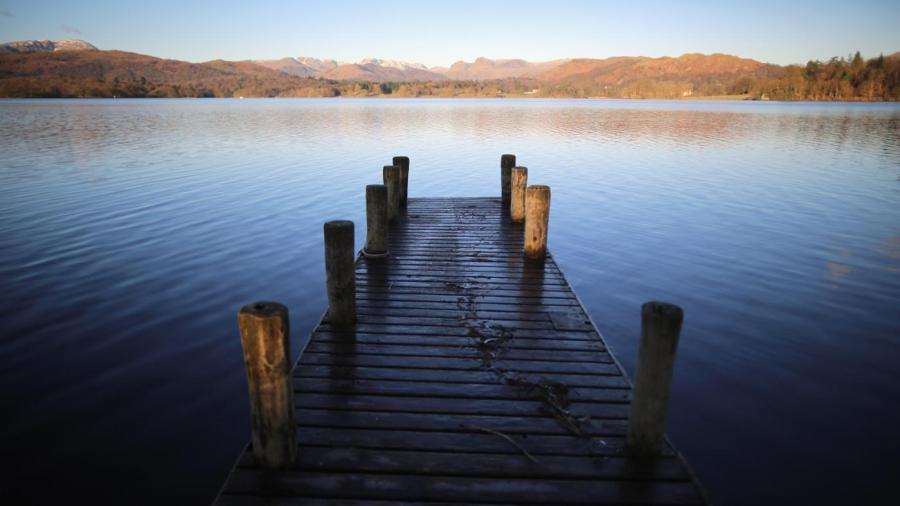How Are Lakes Formed?

Lakes form due to receding glaciers, plate tectonics, volcanism, meandering rivers, landslides and human damming. Most of the natural lakes in North America formed due to glaciers receding from the last ice age 18,000 years ago. Crater Lake in Oregon formed because of a volcano, when its cone on top collapsed. An oxbow lake is created after a river swells due to excess rain and then waters recede.
Tectonic plates in the Earth’s crust pull apart and form natural basins that eventually fill up with rain water. Sometimes, a fault opens near an ocean and a new piece of land closes off part of the ocean to create a new lake.
Meanders along rivers flood and form small lakes. Meanders are when a river flows back and forth along a flat plain. When rain swells various portions of these rivers, new lakes are left behind. Landslides and mudslides block off rivers, which eventually back up even more water upstream of the block. Water levels rise and a new lake is created when enough land mass holds back the water.
Artificial lakes occur along rivers dammed up by humans. These lakes are used for recreational boating, fishing and hydroelectric power generation.





